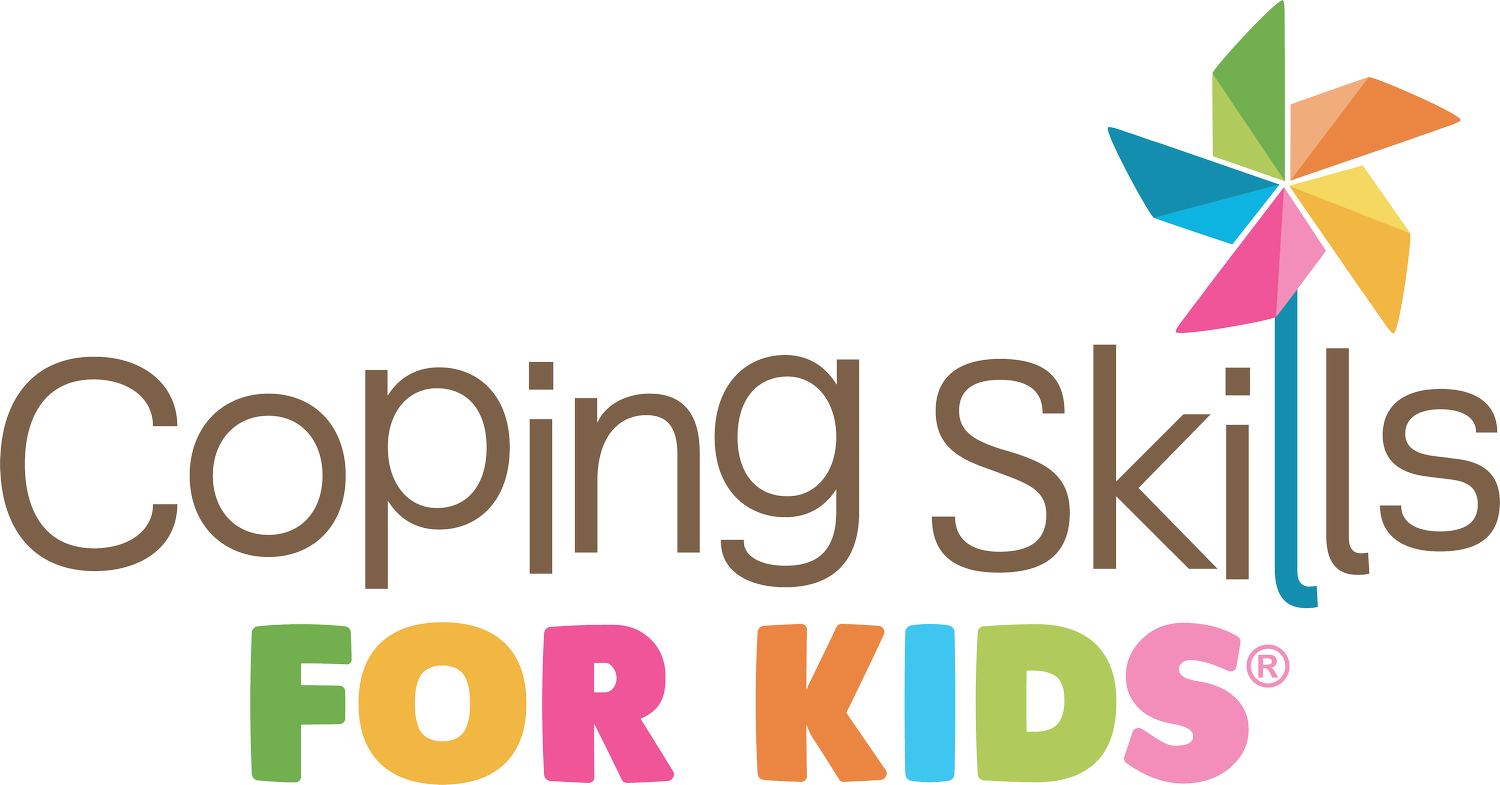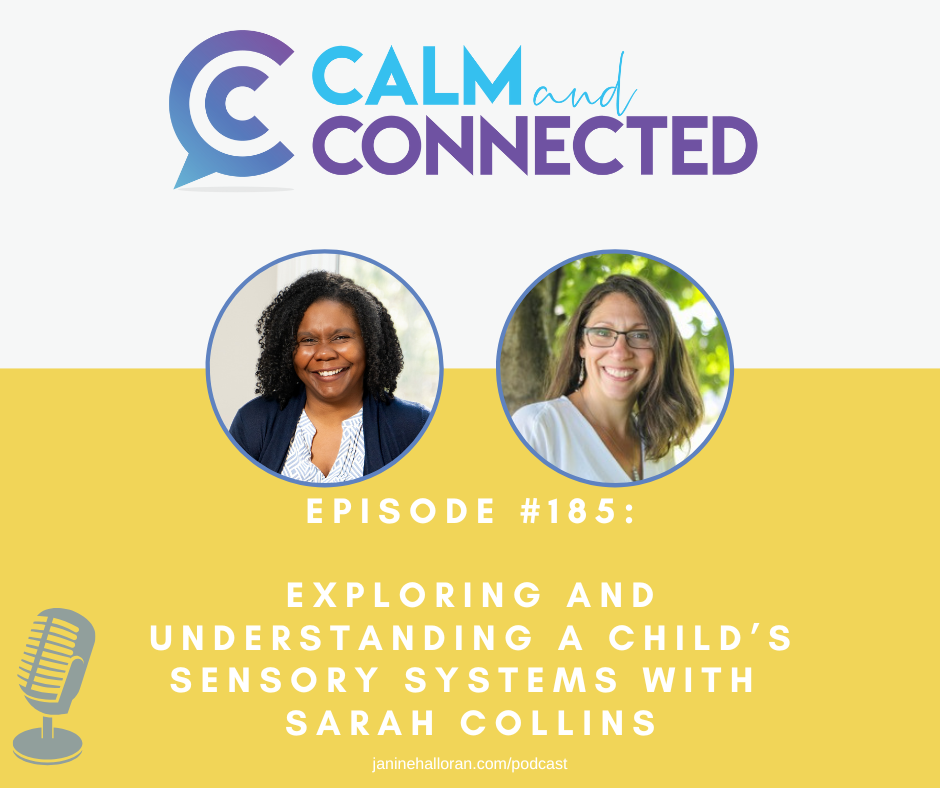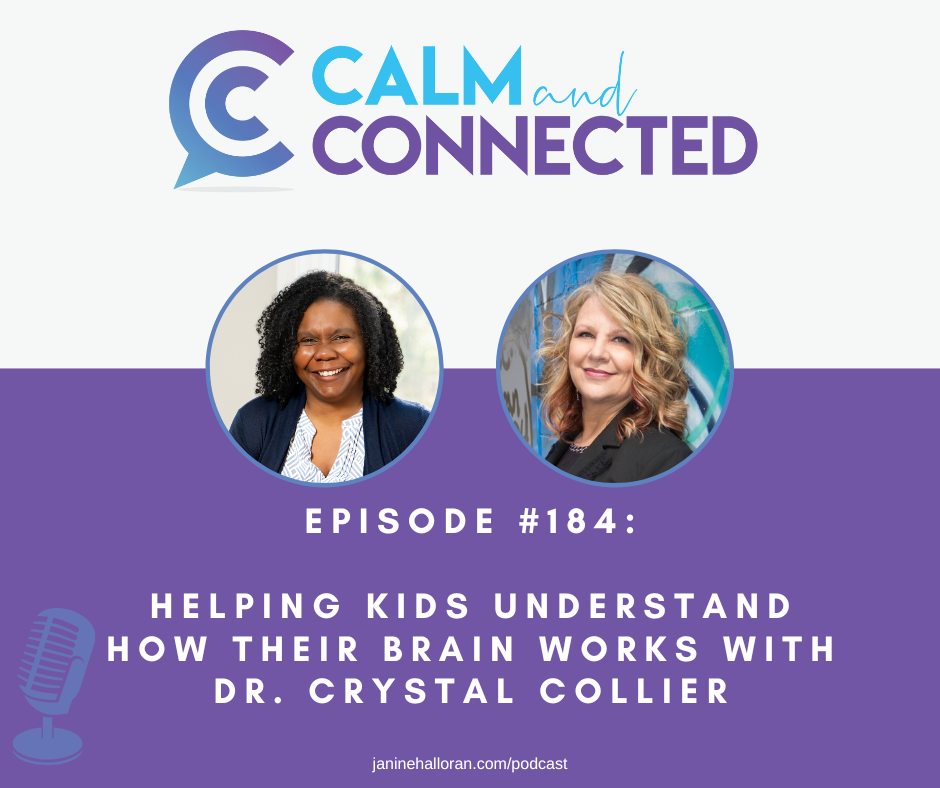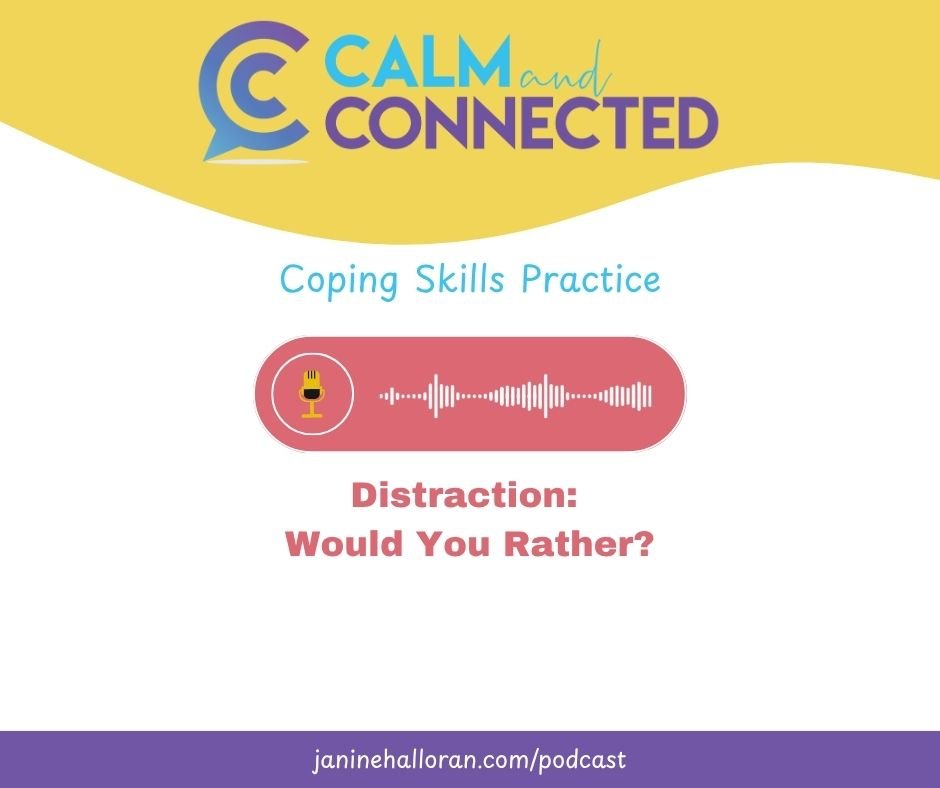Inside: Guest Post by Elizabeth Sautter about the Power of Connection
Parenting is a journey filled with ups and downs. When you have a child with complex needs such as autism, ADHD, or anxiety, the journey come with additional considerations and can often be challenging to navigate. Holding your child’s attention and finding common interests may be a bit harder but not something to give up on! Connecting with your child is a critical piece of their development and can make things smoother for them and you in the short and long run! Building a strong connection and bond with your child serves as a protection shield, nurturing their emotional resilience and fostering a sense of security that empowers them to navigate life’s challenges with greater confidence and stability.
The Value of 1:1 Scheduled Time:
In our busy lives, it might sound hard to find time to spend quality time with your child where you are putting down your phone, other distractions and just focusing on your child and what they are interested in. However, by finding pockets of time for them (even 5-10 mins), and connecting, it can actually save time later because it will lay the foundation for regulation and communication. By dedicating focused and undivided attention to your child, you create a safe space for them to express themselves and explore their interests. With children with additional needs, this 1:1 time becomes even more crucial because this personalized attention helps build trust and strengthens your bond. Research consistently demonstrates that spending quality time with children with complex needs positivity influences their emotional, cognitive, and social development, leading to improved communication, enhanced self-esteem, and greater overall well-being. (Pianta et all., 2018; Baker et all., 2020; Guralnick, 2011).
Mindfulness Activities Using the Senses:
Practicing mindfulness can significantly benefit all children and if your child has additional needs, this can be the way to help them pause before reacting. Mindfulness involved being present in the moment, without judgement and can help with emotional regulation and anxiety. Engaging in mindfulness activities through the five senses can be a particular effective and fun way to spend 1:1 time.
Sight: Take a nature walk together and encourage your child to notice the colors, shapes, and beauty around them.
Hearing: Practice listening exercises, like identifying different sounds in your environment or listening to calming music together.
Touch: Play with different textures, like squishy toys or sensory materials, to explore the sense of touch.
Taste: Cook or bake together, allowing your child to explore different tastes and textures of ingredients.
Smell: Engage in aroma-based activities, like smelling different scents or using scented playdough.
Simple Tools and Resources:
Some of these activities might sound simple but for stressed out families, it can feel like an extra strain. To make it even easier, here are two simple, yet profound resources for you to sit down with your child and family to relax together and connect.
The Connected Family Journal uses research-based mindfulness practices and prompts to boost regulation and positive thinking. It’s a perfect activity to do at the dinner table or before bedtime and use the senses to get grounded and focused together. The Positive Patterns Coloring book will help bring you and your child closer together through mindful coloring. Each page is based on the five senses, providing an opportunity to focus on the present moment and notice how you use your senses to experience the world. With mantras, quotes and doodles, you can have open communication and spark creative conversations with your child.
The journey of parenting a child with additional needs may have its unique challenges, but the importance of connection cannot be overstated. Mindful and conscious parenting can create a nurturing environment for your child to thrive and grow. By dedicating 1:1 scheduled time (even for 5-10 minutes a couple of times a week) and engaging in simple activities following your child's interests, like coloring side by side and exploring mindfulness through the five senses, you will build a strong bond and emotional awareness.
About the Guest Author, Elizabeth Sautter
Elizabeth A. Sautter, M.A., CCC-Speech Language Pathologist, is an international speaker, author, and trainer with expertise in social-emotional learning and executive functioning. She collaborates on the Zones of Regulation curriculum as a presenter and co-author of Zones products, including children’s books, card decks, and games. She has authored the parent activity book, Make Social and Emotional Learning Stick along with two card decks for social-emotional support for parents. She has co-created an online course for parents and is passionate about supporting families (just like hers) with additional needs.















